Zen and the Art of Meditation
Synopsis
In this collection of his discourses on Zen Buddhism, Osho says that if Buddha's message is rightly understood, there will be meeting of East and West. In Buddha, both can meet. His message is of relaxed attentiveness - you have to be very relaxed and yet alert.Relaxed alertness: These two words look diametrically opposite. They are - because whenever you are relaxed you lose alertness, and whenever you are alert you lose relaxedness. And unless they both happen together you will go on missing Buddha's message. Buddha wants you to bring these polarities together. It is the highest synthesis of human consciousness: one polarity is relaxedness, another polarity is alertness. In the west, attentiveness has been cultivated. The whole educational mechanism forces you to become more attentive. But it tires you, it drives you neurotic, madness becomes a natural byproduct of it.In the East, people have remained in the relaxed state. But if you are relaxed without being attentive, it becomes lethargy, passivity, dullness. Hence the east has remained poor, unscientific, non-technological, starving. If Buddha's message is rightly understood, there will be meeting of East and West. In Buddha, both can meet. His message is of relaxed attentiveness - you have to be very relaxed and yet alert. And it is possible. And only this possibility will make you a whole man, a holy man. Otherwise you will remain half and a half man is always miserable. The East is miserable spiritually, the East is miserable materially. And man needs both.
With Buddha, a new age can dawn. And the secret is simple: learn relaxed awareness.
Read more
With Buddha, a new age can dawn. And the secret is simple: learn relaxed awareness.
19.80
17.82
$
22.00 $
Free delivery Wolrdwidе in 10-18 days
Ships in 1-2 days from New Delhi
Membership for 1 Year $35.00
Get it now and save 10%
Get it now and save 10%
BECOME A MEMBER

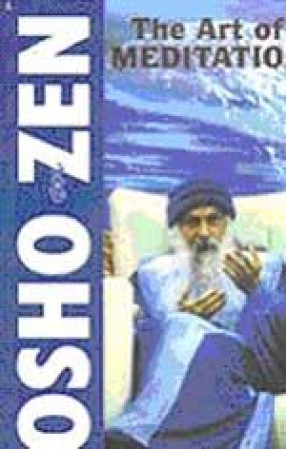
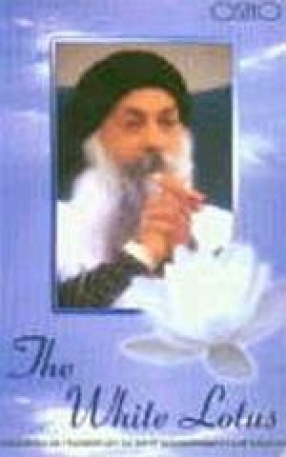
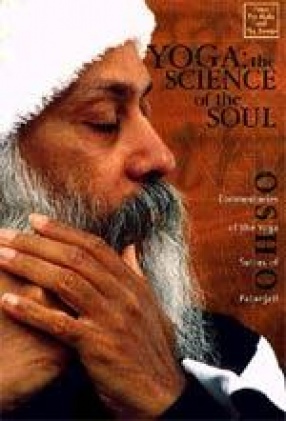
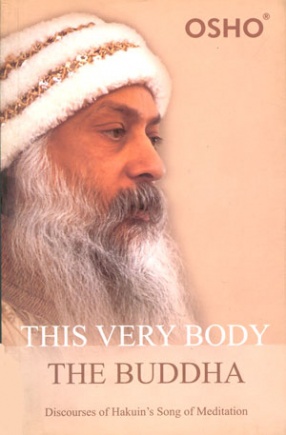
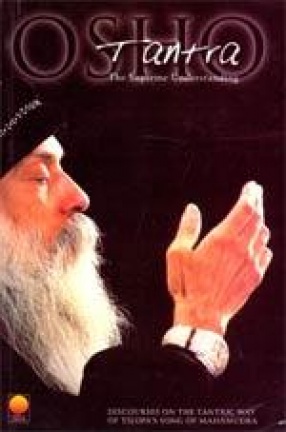

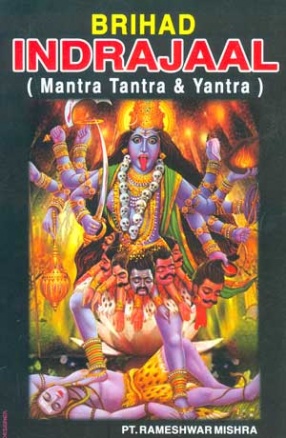
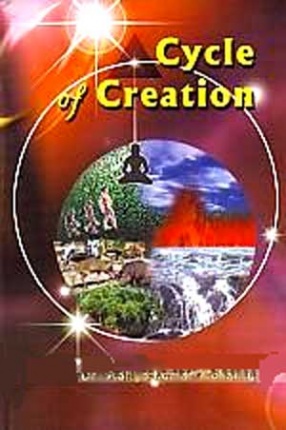
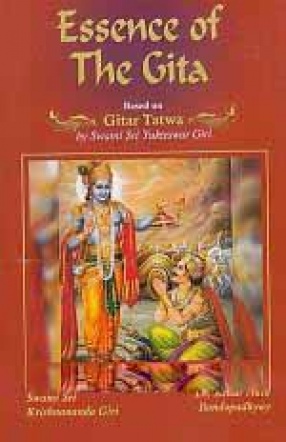

Bibliographic information